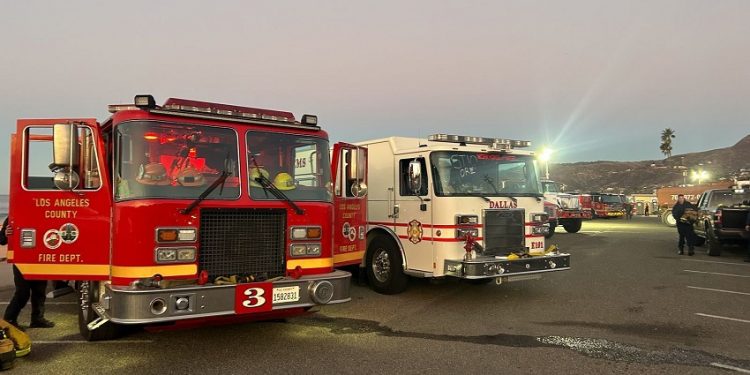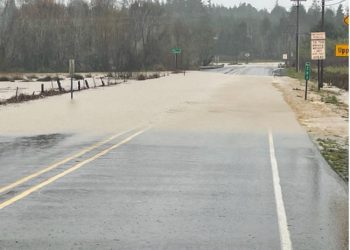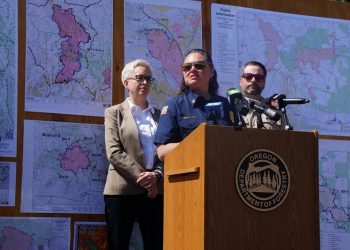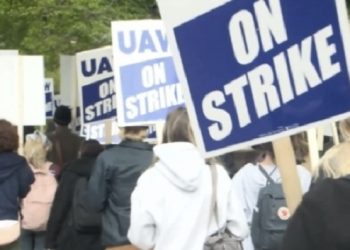Astoria, OR – In response to the escalating wildfire situation in Southern California, the Oregon Department of Forestry (ODF) swiftly mobilized six strike teams to provide assistance. Within 24 hours of California’s call for help, the teams were en route, ready to tackle the blazes that have continued to threaten communities across the region.
This marks the second time in less than a year that the state-to-state mutual aid agreement between ODF and Cal Fire has been activated. The arrangement, established last July, allows for a collaborative approach to wildfire management, with firefighters from both states stepping in to support one another during peak fire season.
“It’s a relationship, and it’s great to make it reciprocal,” said TJ Ramos, Assistant Area Director for the Southern Oregon Area, who is currently serving as ODF’s Agency Representative in California. “The first time, their folks came to us. Now we get to go back and help them out. They came up in a trying time for us. It’s always nice to know that somebody’s got your back.”
The strike teams, each consisting of six engines with up to four firefighters per engine, made their way from Oregon to California over the weekend. After undergoing safety checks in Davis, California, the teams proceeded to the Eaton Fire on the southeastern edge of the state, where they were initially deployed. The teams have since been split between the Eaton and Palisades fires, which continue to burn in challenging terrain.
Working under extreme pressure, ODF firefighters are dedicating long hours to combat the wildfires. “A typical shift is 12 to 16 hours a day,” Ramos explained. “Both fires are looking really good right now. We have some red flag warnings in effect for the next couple of days, but the weather has been relatively favorable, with winds staying at higher levels rather than hitting the surface.”
While familiar with wildland firefighting, the Oregon teams have had to adjust to urban firefighting conditions, which pose a different set of challenges. “These fires did push into the urban areas more than what we’re used to,” Ramos said. “We’re used to trees, slopes, and open space. Urban areas bring additional concerns, such as power lines and a higher presence of the general public. It’s a different level of situational awareness.”
Despite these challenges, ODF firefighters have remained focused on their mission. “It’s just very humbling for us to be here, and we’re happy to be here,” Ramos added. “Morale is great, production is good, and our crews are being effective in what they’re being asked to do.”
The mutual aid agreement also allows for flexibility in response. If a wildfire occurs in Oregon during the two-week assignment, firefighters can be recalled early to assist at home. Additionally, expenses for ODF’s deployment are reimbursed by California, making it a sustainable and cooperative effort.
Public affairs officer Jessica Neujahr emphasized that while participating in such missions is not a mandatory requirement for ODF personnel, it is a choice driven by a strong sense of duty. “They do this because they believe in helping people,” Neujahr said. “Last year, California sent firefighters to help us, and this is our opportunity to return that favor.”
The mutual support between Oregon and California highlights the strength of state-to-state cooperation in the fight against wildfires, which continue to threaten vast landscapes and communities in both states. This collaborative effort reflects the shared commitment to protecting lives, property, and natural resources in the face of an increasingly volatile fire season.













